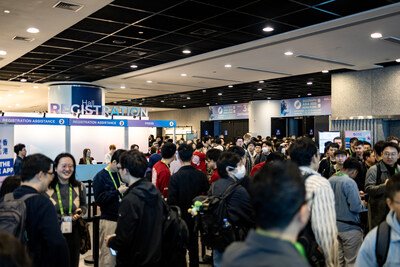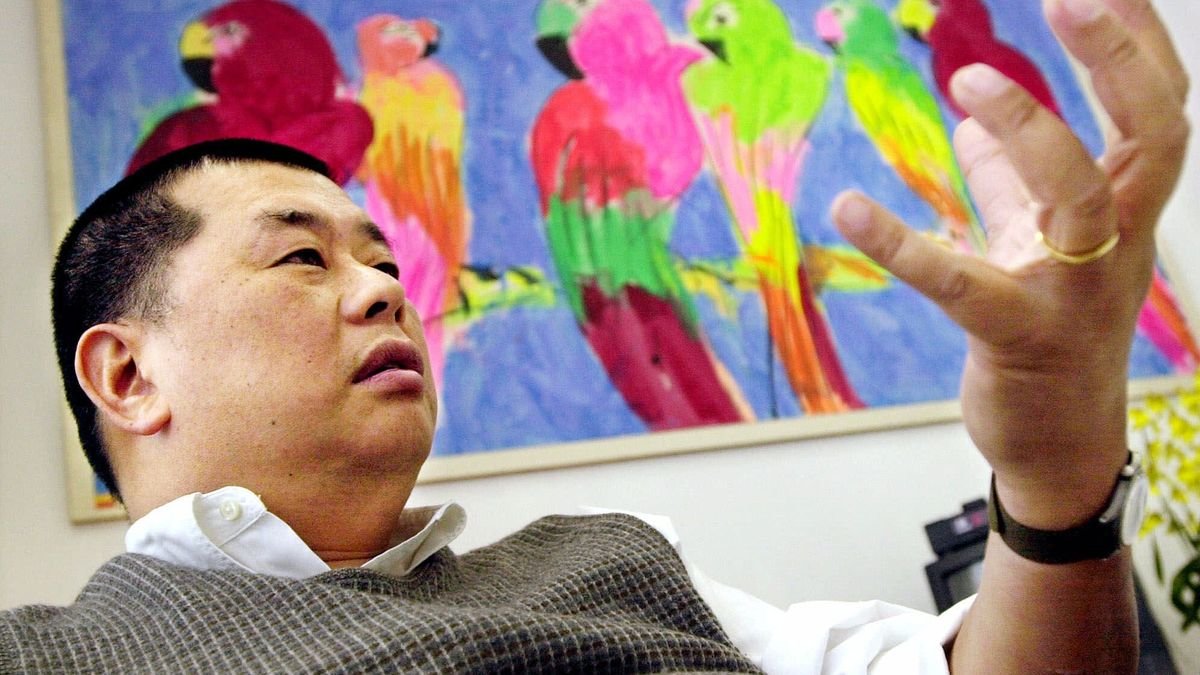
Thanks to significant leaps in technology over recent years, it’s now simpler than ever to kit your home out with the best security systems for a fraction of the price (and effort) as it would have involved in the past.
Just five years ago you might have needed a budget of thousands in order to take advantage of web-connected video monitoring, motion detection and wireless sensors, but now many brands are offering complete security systems that connect to your phone for 24/7 home monitoring.
Home security systems may not be as sophisticated as burglar-proof CCTV security networks, but one of the best things about the latest smart products and their accompanying apps is that you can expand your system as you need, integrated everything to work with other gadgets such as lighting and heating. The possibilities are vast.
Still, if you only need a small security set-up for now, then take a look at our roundup of the best security cameras. If you’re ready for something more, scroll down to see what we thought.
The best home security systems 2021
1. Yale Smart Living Home Alarm Kit
Best for scaring off intruders

Yale is synonymous with home security and the yellow siren boxes are a big turn-off for would-be intruders. In the past you’d need deep pockets to have a Yale system professionally installed (and then monitored for an extra cost) but the Smart Living range is DIY, wireless and app-controlled.
Not to be confused with lifestyle orientated ‘smart’ webcams, the SR-330 is serious about security. It comes with smart hub, 94dB siren, dummy siren box, PIR motion detector, PIR image camera (will take and send still images to your smartphone), door/window contact and key pad plus all fixings needed. All the items (apart from the hub, which comes with a 72hr battery pack-up) are wireless and have batteries that should last two years. And best of all, they come pre-linked to the hub, so set-up couldn’t be simpler.
It took less than an hour to install the system, and the sensors and key pad worked flawlessly. You need to carefully position the PIR detectors to cover the most important areas, and really take time to get to know the Yale Home app layout – the siren is very loud, and you don’t want to be ‘testing’ it too often!
Realistically, you will need to invest in a couple more door sensors, but that’s where the Yale really comes into its own. It doesn’t have the warm and fuzzy ‘ah, look at my dog on the sofa’ feel of the other smart systems, but it offers professional peace of mind at a good price (without monthly subscription) and can be upgraded quickly and easily with up to 20 extras. These include sensors, smoke alarms, key fobs, panic buttons and hi-res cameras.
2. Netatmo Smart Alarm System
Best for video alerts

We’ve long been fans of the Netatmo Welcome camera (£199), with its understated looks and face recognition software. The latter enables you to see precisely when a particular person arrives at the house – so you’ll when the kids got home from school and if they were alone, and whether the cleaner showed up on time. But Netatmo has expanded its security range with a brilliant outdoor camera and security light, the Presence (£249.99), and a three pack of weatherproof window and door sensors known as Tags (£89.99). They also plan to launch a smart smoke alarm and siren later this year, which makes this an even better proposition.
None of it is cheap, but it is exceptionally well made – the Presence camera looks better than anything on the market and works brilliantly. Using clever sensors, it can distinguish between cars, pets, foxes and people, helping to reduce unwanted alerts and unnecessary use of the super-bright security floodlight. Sadly, you will probably need an electrician to fit it, making it an even bigger investment.
The Welcome’s face detection isn’t flawless but is reliable – especially once it sees the same face a few times. Positioning it in a well-lit area certainly helps. You can also set the camera to only record strange faces, so you don’t feel spied upon once you’re all home.
Full HD 1080p video quality is great on both cameras, and with 8GB MicroSD cards included, you don’t need a subscription to record video clips, which is a real bonus. The Tags work using vibration rather than a contact strip, which was reliable in my tests, and the range of 80m is impressive.
3. Somfy One Home Security System
Best all-in-one solution

Like the Canary, the Somfy One is a tiny Full HD camera with built-in 90dB siren. Plus, it is compatible with Nest products, Google Assistant and Amazon Alexa, and the brand also offers a range of cameras, sensors and professional sirens, making it pretty flexible. The major selling point here however is its ability to not give false alarms – the camera has two sensors, one detecting movement, and one looking for changes in temperature (body heat) and it requires both sensors to trigger before the alarm will sound and you’ll be alerted.
It’s a neat trick, and one that works pretty well, but only once you’ve configured the rest of the settings. I’ve got a big dog, so needed to define the areas for the camera to detect i.e. at adult chest height near doors, not low down where the dog will be walking. After a few false alerts, and a very startled wife, I began to trust the system. Although expect a loud shock if you move it by accident! You can adjust sensitivity and also choose how and when the alarm is activated (manually, instantly or after an app message), which is sensible.
Captured images will last for 24hrs, but you can’t download them unless you subscribe for £3.99 per month, which is cheaper than most but still irritating. Finally, I like that you are reminded to activate and deactivate the alarm when returning home or leaving (by using your phone’s GPS), which is essential to avoid the ear-splitting siren.
4. Canary Pro Indoor Security System
Best value security system

This bundle consists of the superb value Canary all-in-one home security camera and alarm (£159) and one of their new indoor/outdoor cameras, the Canary Flex (£199). Together they create a stylish, hi-tech system with lots of smart features, especially if you pay extra for the subscription services.
The big bonus is the 90dB alarm squeezed into a device that doesn’t look like a home security system. You can set the alarm off or contact emergency services direct from the app if you see a disturbance, and it rarely sends false alerts because it tracks your phone (and other family member’s phones), so understands when you’re at home and turns everything off. Similarly, it will arm itself automatically when everyone has left.
Another neat trick; if the primary contact doesn’t act on an alert by checking the app, the message will be sent to other registered users until someone responds.
As well as good Full HD wide angle camera with night vision, noise and motion detection, Canary also has air quality, humidity and a temperature sensor which, aside from telling you how warm the lounge is and if there’s a pollution issue, can detect sudden temperature rises, which could be the start of a fire.
Combined with the Canary Flex, you can cover living room and entrances ways with ease, although finding a good position for the Canary hub can be tricky of you don’t have furniture in the right places. The Flex is battery (two months) or mains powered, and motion sensitivity is easily adjusted to avoid false alerts.
The downside to this product is the need to subscribe (£7.99 per month) to unlock all the features and get more than just 10 second video clips.
5. Panasonic KX-HN6012EW Home Monitoring & Control Kit
Best security system for technophobes

Unlike the competition, Panasonic’s smart home uses DECT ULE – the same technology found in a digital landline – rather than relying on wi-fi. This makes it hacker-proof and gives it a wide range of up to 300m, more than enough for the biggest home and garden. It also benefits from having a microSD card slot, so if you do connect a camera, all the video clips can be stored physically instead of being uploaded to the cloud. This will save you having to pay for a storage subscription and is a good solution for people nervous of storing images on the internet.
Costing less than a single smart camera, this starter kit contains a Smart Hub KX-HNB600, Indoor Siren KX-HNS105, Motion Sensor KX-HNS102 and Door & Window sensor KX-HNS101.
It’s a bargain, and thanks to the one-button set-up, the easiest system I’ve installed. But you will need to invest more to cover the whole house – sensors cost from £30).
Panasonic offers an ever-expanding range of accessories including phone, window/door sensors, motion sensor, smart plug, indoor siren, keypad, key fobs, water-leak detector and a new indoor webcam. Meanwhile, its KX-HNC800EW outdoor webcam that I also tested here (£159) is excellent. However, unlike Samsung’s, this is a closed-loop system, so it won’t work with third-party products.
Technophobes will appreciate the simplicity of the Panasonic ecosystem, but it lacks a lot of the headline-grabbing features and expandability found with other platforms. The app can’t quite compete either, but if it’s simple remote security you’re after and don’t want to rob a bank to pay for it, it’s worth a look.
How much will a home security systems cost?
For around £200, you can buy a basic smart security system with camera, hub and maybe a door/window sensor. But remember, if you want to cover the whole house you’ll need multiple sensors and cameras. Window/door sensors cost from around £30, with cameras starting at around £100. In most cases, you’ll need to stick to one brand for them to work seamlessly with the smartphone app.
For a three-bedroom house, budget at least £500. And don’t forget many smart-home platforms also require a monthly subscription (between £3-8 per month) to get the best features.
What’s in the box?
Cameras A combination of indoor and outdoor cameras works best, offering coverage of garden and loving space as well as being a visual deterrent. Look for models with multiple sensors – motion and heat for instance – that helps to reduce the number of false alerts.
Sensors If you don’t want a camera in every room you should install a motion detector (at least in the hallways) that can send alerts and set of an alarm. These battery powered designs can last for up to two years before charging.
Siren Several one-box systems like Canary and Somfy come with a very loud built-in siren that should hopefully scare off intruders (or next door’s cat). Expect to see more sirens, both indoor and out, over the coming year as the smart brands expand their ranges.
What range does it have?
Good Wi-Fi coverage is essential, and most systems will have a range of around 20-50metres, but if you have black spots around the house the system may struggle. Panasonic uses a separate wireless system with a much wider range, ideal for larger homes.
Is there any back-up power?
In the event of a power cut, the battery-powered sensors and cameras will continue to work, and many mains powered hubs have battery backup that will last 24-72 hrs. During a blackout you won’t receive smartphone alerts.
How easy is the app to use?
Each smartphone app comes with different settings, so choose one that suits your needs. Location sensing is very useful as it can tell when you get home or leave (using your phone’s GPS) and turn alarms and camera on or off accordingly. All systems allow you to adjust the sensitivity of the motion detection and it’s worth playing with these to avoid getting false alarms when the cat walk past. You can also adjust some cameras to only look at certain places – a doorway for instance.
Is it compatible with other smart home gadgets?
Samsung’s SmartThings is compatible with many third-party smart home gadgets, while Panasonic and Yale products will only work with their own brand kit. These closed-loop systems are more secure but being able to expand and include other smart home products such as Philips Hue lighting and or Nest heating won’t be possible.
Will a smart security system really stop the bad guys?
As we’ve already mentioned, a visible (or audible) deterrent is a good way to stay safe, but the most important factor is to make your home as secure as possible with dead-bolting doors and window locks. Cameras and sensors will definitely alert you to a problem, and may even provide evidence to help the police catch a burglar, but that’s a bit late if they’ve already run off with your TV! Prevention is always better, so dummy alarm boxes and outdoor security cameras and lights are also great options.
Can I install a smart home security system myself?
Setting up a smart security system is relatively easy these days, with each gadget synching over Wi-Fi, but it’s vital you take time to position sensors and cameras correctly to cover every vulnerable area. One thing few people think about is the effect lighting or glass can have on the quality of the camera image, so test it out at day and night to be sure you can see faces clearly. And while common sense, be sure sirens and cameras are out of reach.
What is a smart home security system?

Essentially, it’s a set of an internet-connected security cameras, motion sensors, door locks, window/door sensors and even sirens that connect wirelessly together. The majority of systems are driven by a ‘hub’, usually a small nondescript box that’s connected directly to your broadband router. The hub sends information wirelessly from each element of the system to and from your smartphone.
Compare Products
Once all connected together, if someone opens a window or door, or walks past a sensor, you will receive an alert on your phone. And if they stray into the camera’s field of vision, you’ll receive either a picture or short video clip. Some systems can then sound an alarm or contact the emergency services, and many also enable you to talk through the camera. The latter is ideal if you’re saying hi to the kids who’ve just got back from school, or for shouting at the dog to get off the sofa.
Because smart home security doesn’t just have to be about keeping potential burglars away. Key fobs, smartphone GPS and even clever face-recognition software can help keep an eye on the kids or an elderly relative and let you know when they get home safely, or if they leave the house unexpectedly.














